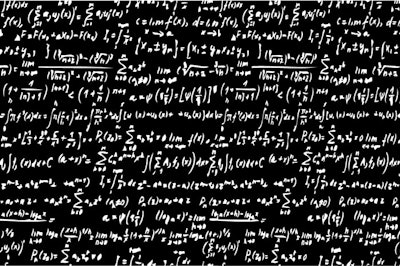
The use of mathematical models to predict animal performance or profitability is quite long and not unique in agriculture, as even meteorologists use them to predict weather. In the industry of animal farming, models have quite a long and rather unsuccessful history. Despite the many failures, new or renewed companies continue to launch new or revamped models, mostly as a marketing initiative to boost their image as technology leaders. This is neither new nor something we will not see again in the future.
So, why do mathematical models fail to become mainstream in the animal industry? One would say the main reason is that they become quickly obsolete as advancement in genetics outpaces model development efforts. But, if the fundamentals are sound, then genetic progress could be easily factored in, even predicted, and at the very least become a measureable variable. And here is, in my opinion, the root of the problem.
Let me use an example from sausage making. We all know that in order to make good sausages you need a good recipe, something carefully guarded by those who are successful. In mathematical models, the fundamental recipe is yet incomplete because we are still learning what makes animals behave or perform one way or the other. Perhaps we have a clear understanding on the effect of methionine on egg size, or that on growth response by a defined increment in lysine, but we still do not have a measurable (predictable) relationship among things such as oxidation, mycotoxins, certain types of fibers, immune system modulators or supporting elements, and so on. Thus, with an incomplete recipe, we try to make (predict) a perfect sausage only to be disappointed by the end result.
In the end, we are left with mathematical models being good enough for predicting animal performance as they are predicting weather.
And, to make matters worse, there is that famous verse about sausage making that says: garbage in, garbage out. In other words, you might have the machinery and recipe refined to perfection, but you also need quality ingredients, in which case refers to data entered into models. If the collected data are incomplete, incorrect or insufficient, then do not expect any model in the world to give you a complete, correct, sufficient prediction.
In the end, we are left with mathematical models being good enough for predicting animal performance as they are predicting weather. Sometimes they miss, others they hit their target. I am not sure I have made my case clear, but I hope next time you watch the weather you will know how accurate those predictions can (not) be!

















